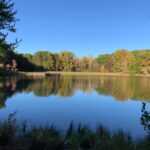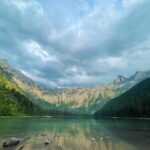Charlotte Harbor Preserve State Park
Key Information
Contact Info
941-575-5816
Location
12301 Burnt Store Road Punta Gorda FL 33955
Entry Fee
Free
Opening Hours
Sunrise until sunset
Introduction
The park covers 45,387 acres and preserves more than 100 miles of beachfront in Charlotte and Lee counties around Charlotte Harbor. It is Florida’s third biggest state park.
Visitors may walk, fish, paddle, and see animals in the park’s numerous natural ecosystems, which include mangrove forests, marshes, scrub habitats, and pine flatwoods. The majority of the park is shallow water surrounded by mangroves, giving excellent viewing possibilities for wading birds, manatees, dolphins, and other animals.
The best way to get to the park is via kayak or canoe. The park is traversed by sections of two paddle trail networks. Hikers and birdwatchers may explore the wildlife found along three defined paths and get access to Charlotte Harbor’s upland sections through pedestrian walk-throughs provided in each portion of the park.

Activities in Charlotte Harbor Preserve State Park
Hike, fish, paddle, and view animals in the park’s numerous natural ecosystems, which include mangrove forests, marshes, scrub habitats, and pine flatwoods. Viewing wading birds, manatees, dolphins, and other animals is possible.
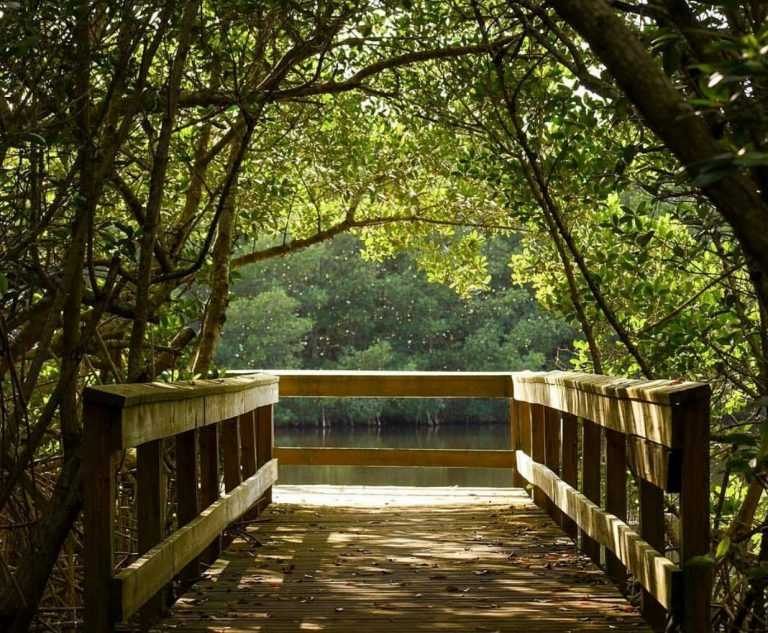
Bicycling
Visitors can do Bicycling at Charlotte Harbor Preserve State Park. Unless otherwise noted, park paths are available for off-road riding. There are no paths that are just for biking.
Helmets are strongly advised for all riders, and helmets are required by Florida law for bikers aged 16 and younger.
Birding
Bird watching is possible throughout the park.
Boating
Available in open bay waters as well as the rivers Myakka, Peace, and Caloosahatchee.
Fishing
Unless otherwise noted, fishing is permitted throughout the park. A fishing license in Florida may be necessary.
Geo-Seeking
Explore the park in a novel and difficult method. Geocachers with prior experience have asked permission to conceal caches carrying trinkets, riches, or information at different locations across the park.
Hiking
Tippecanoe Environmental Park serves as the Port Charlotte trailhead.
The Charlotte Harbor Environmental Center has two authorized hiking routes. One path goes through pine flatwoods, while the other goes through saline marsh and mangrove woodlands. For trail maps, contact the preserve.
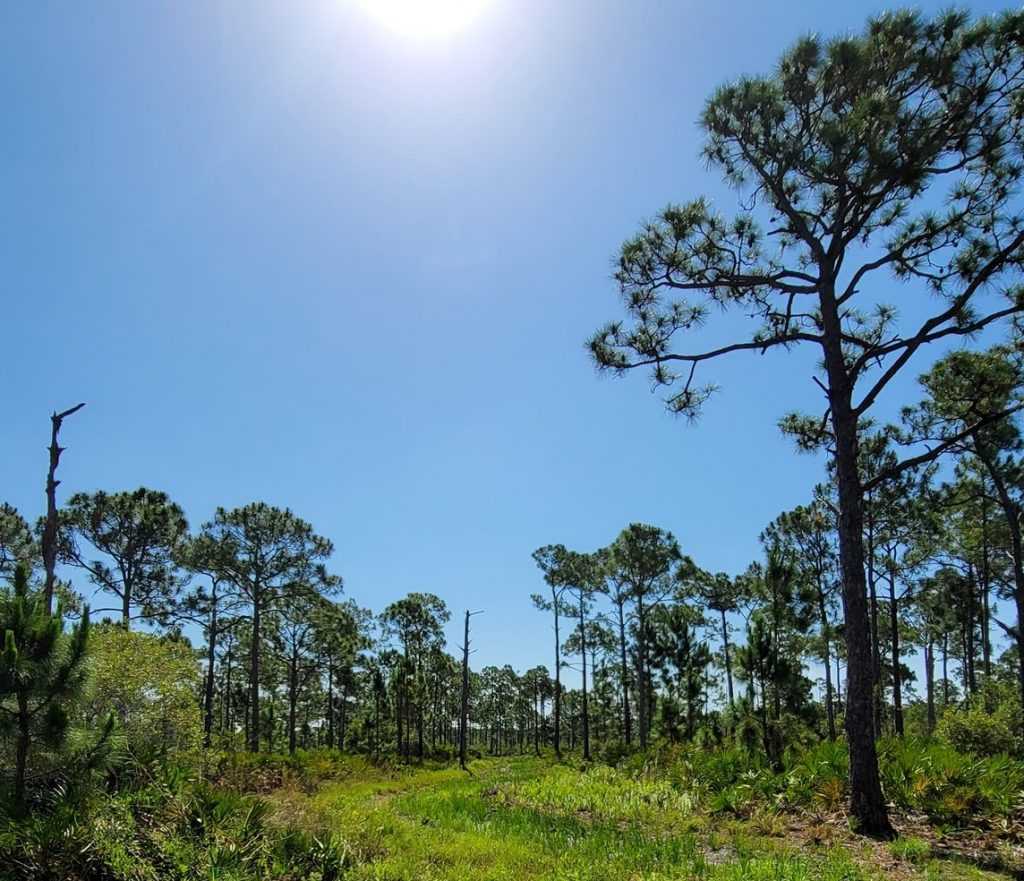
Trails at Charlotte Harbor Preserve State Park
These are the paths in the state park that we have personally investigated.
Catfish Creek Trail, Sargassum Trail, and North Cape Flats Trail are among the named routes that we have yet to explore.
Alligator Creek Preserve
Alligator Creek Preserve is located inside Charlotte Harbor Preserve State Park, where freshwater and saltwater ecosystems converge along the border of Charlotte Harbor.
The Charlotte Harbor Environmental Facility includes this outreach centre and living laboratory near Punta Gorda. A saline air riffles through the cypress domes near the sea here.
The interactive displays at the Caniff Environmental Center will delight the youngsters, and if you bring a picnic lunch, there are various picnic chairs in lovely areas along the Eagle Point Trail.
The trail system consists of two loops and one link. Expect animals throughout the trail, particularly where there is water.
Old Datsun Trail
Yes, this path is called after a rusted vehicle in the woods. The Old Datsun Trail, which offers a fresh perspective on the uplands around Charlotte Harbor, demonstrates how wildlife rebounds after cultivation.
This was the Miles School of Practical Agriculture and Free School for Truckers in 1905, with vegetable crops as far as the eye could reach.
Given the magnitude of the live oaks along this loop of Charlotte Harbor Preserve State Park, it’s hard to believe anything else than a forest was ever here.
Little Pine Island High Marsh Trail
Mangrove swamps The salt flats. Marshy terrain. They may be found all over the Little Pine Island High Marsh Trail, one of Pine Island’s most wild hikes.
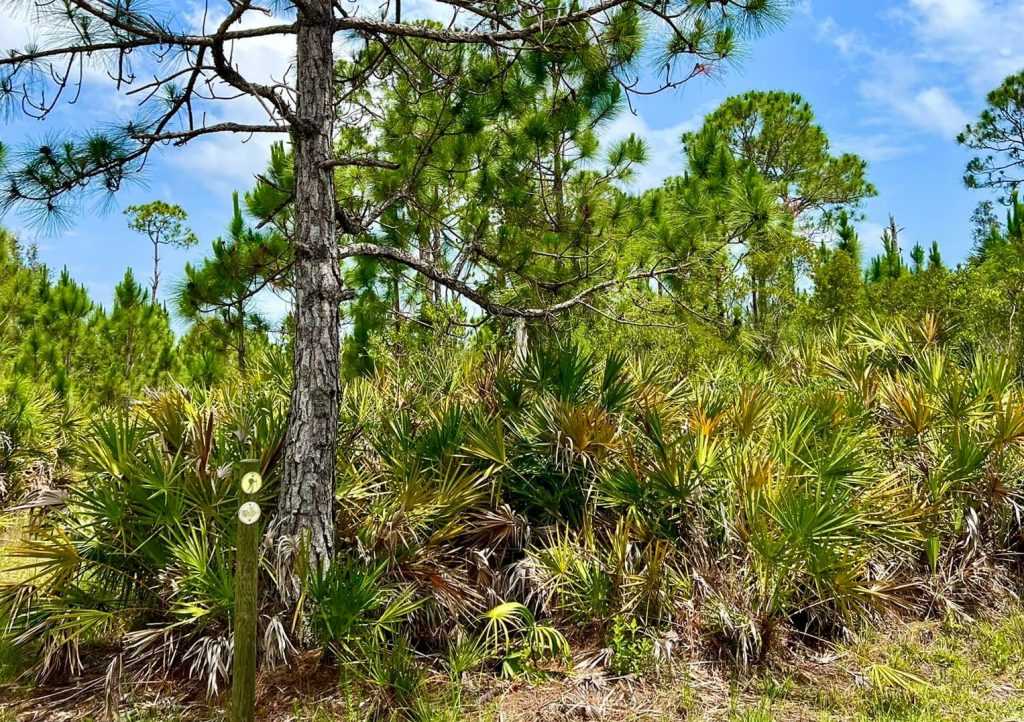
CC: Social Channel of Park


